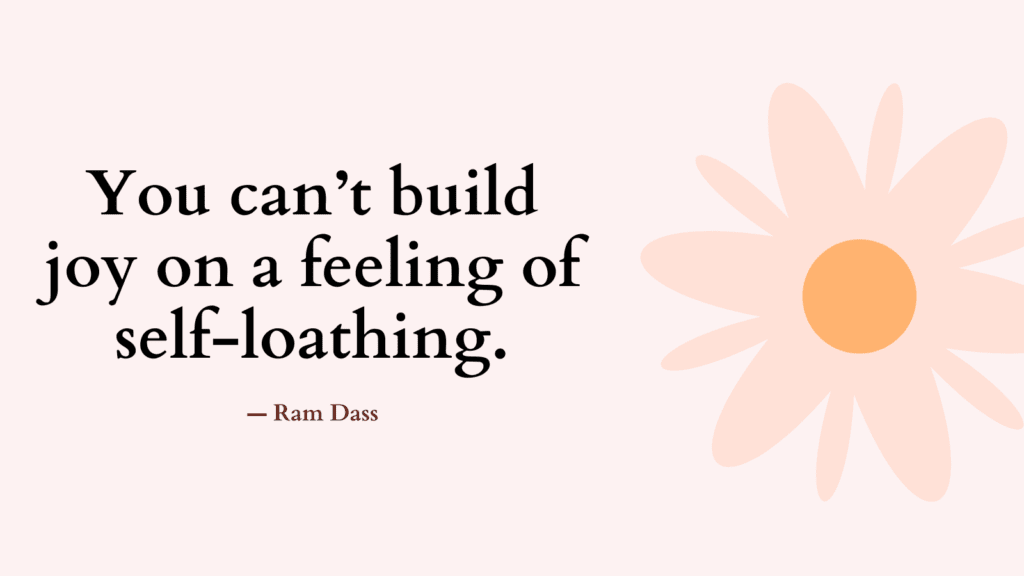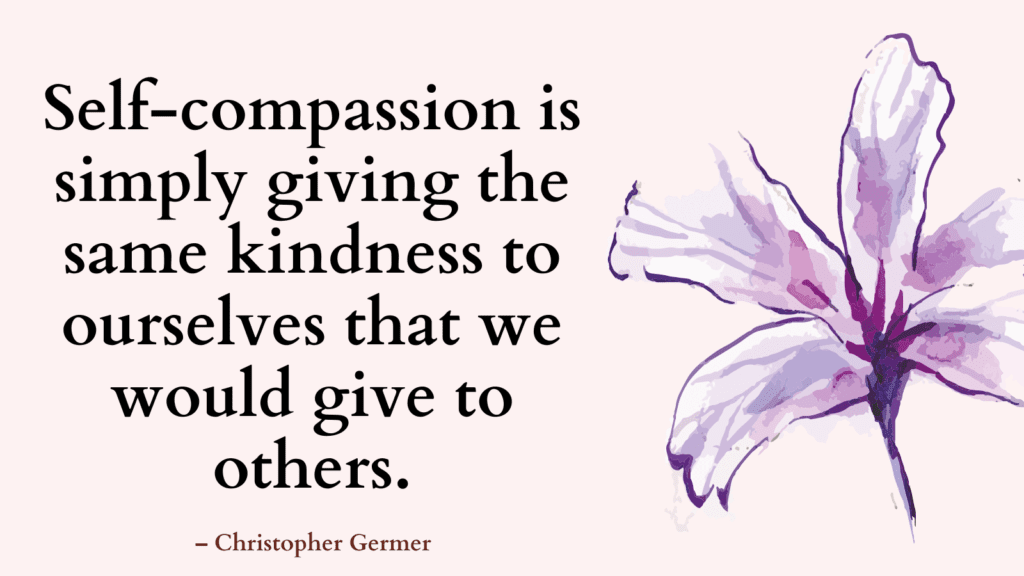Today you’ll learn all about addiction to self harm, its signs and how to overcome it.
What Is Self-Harm?
Deliberate self-harm is when one intentionally injures one’s own body without intending to die.
Because the purpose of self-harm is to cause injury to one’s own body, it doesn’t include self-destructive behaviors like drug or alcohol abuse, bingeing, purging, or other behaviors that may be harmful.
Rather, self-harm behavior include things like cutting, burning, skin picking, biting, self-hitting, and banging one’s head.
Self-harm is often used as a coping strategy.
The problem is that self-harm can be very addictive.
Related: Self Harm Addiction Quiz
Why Do People Self-Harm?
People may engage in self-harm for a number of reasons:
- As a coping mechanism to regulate overwhelming emotions
- To relieve emotional numbness
- To stimulate body’s natural pain-killers and lift mood (self-harm can stimulate endorphins)
- To punish themselves for perceived failures or flaws
Many believe that people self-harm to seek attention or manipulate their loved ones. But more often than not, those who engage in self-harm go to great lengths to hide their injuries.
Who Self-Harms?
Many believe that only people with borderline personality disorder (BPD) self-harm.
BPD is a disorder characterized by instability inemotions, relationships, identity, and behavior.
But while self-harm is common among people with BPD, non-BPD people also self-harm.
People struggling with depression, post-traumatic stress disorder, dissociative disorders, eating disorders, and anxiety disorders can also be at risk of self-harm.
However, if you self-harm, it doesn’t necessarily mean that you have a mental health disorder.
Related: Am I Self-Destructive Quiz
Addiction To Self Harm Signs
The following are common signs self-harm has become an addiction for you:
- You often struggle with strong, seemingly uncontrollable urges to harm yourself.
- You spend a lot of time thinking about self-harm, planning self-harm, or trying to figure out when you can harm yourself.
- You tend to feel overwhelming urges to engage in self-harm when you see a knife or razor or other self-harm forms you typically use.
- You often self-harm when you are experiencing overwhelming or difficult emotion.
- You tried to stop in the past but have been unable to do so.
- Self-harm is creating problems in your life (e.g. isolating you from other people).
Related: How To Step Out Of Denial? Top 10 Steps To Overcome Denial When The Truth Is Heartbreaking
What Makes Self-Harm Addictive?
Self-harm has benefits, at least short-term ones.
Generally, people don’t keep doing something unless they get something out of it.
Negative reinforcement is a term psychologists use to describe anything that increases the chances that you’ll behave the same way again in a similar situation.
When you’re feeling upset and cut yourself and feel better, that emotional relief will reinforce the cutting behavior.
The more you self-harm, the more likely you are to keep self-harming and the more you’ll notice the benefits and ignore or minimize the downsides of self-harm.
Addiction To Self Harm: Top 5 Steps To Overcome It
If you feel suicidal call 988. If you’re not in The USA check out this list of hotlines.
#1. Become Aware of The Warning Signs
Keep a log of triggers and risk factors that seem to push you to self-harm.
Ask yourself what thoughts, emotions and physical sensation do you notice right before you begin to feel overwhelmed?
#2. Address Impulsiveness
Cravings and urges will decrease in strength and frequency over time if you wait them out and don’t act on them.
Urges typically last 10–15 minutes and, if they persist, consider if there could be something triggering in the environment and remove it.
Use the following steps to delay acting on your urges:
1. Acceptance
Acceptance should feel like a “softening” or a feeling that it’s okay to experience these urges.
Acknowledge the presence of these urges and let them run their course.
You repeat to yourself statements like, “It’s okay to feel this way,” or, “I can handle this.”
2. Delay
Resist your urges for only 10 minutes at a time before making any decisions.
This makes the goal realistic and doable.
3. Distract
Prepare a list of various activities you can use to distract yourself while the urges dissipate.
These activities could include physical movement (e.g. going for a walk), relaxing activities (e.g. visualization, taking a bath), or social activities (e.g. using an online support forum).
Related: Best 18 Self Compassion Journal Prompts (+FREE Worksheets)
#3. Learn Healthy Coping Skills
Relaxation techniques like deep breathing, progressive muscle relaxation, or visualization can help you manage difficult emotions.
Safe Place
Take slow, deep breaths and visualize a safe and calm place in your mind. It could be real or imagined.
Use all of your senses. Notice what you see, what you hear, what you can smell, the texture and temperature you can feel.
Practice this visualization so you can use it whenever you need to. Having a photograph of that place in front of you can be helpful.
Related: Best 99 Coping Skills (+FREE Coping Worksheets)
#4. Adopt The Butterfly Project
The Butterfly Project has been created for self-harmers who want to stop and need the motivation to resist the urge to self-harm.
The idea is simple: you draw a butterfly on places of self-harm and if the butterfly fades without you harming yourself, it means it has lived and flown away.
However, if you self-harm with the butterfly there, the butterfly does and you need to wash it off and start again by drawing a new one.
The following are the rule of the Butterfly Project:
- When you feel like you want to cut, take a marker or pen and draw a butterfly on your self-harm place.
- Name the butterfly after someone you care about or someone who wants you to get better.
- Let the butterfly fade naturally. Don’t scrub it off.
- If you cut before the butterfly is gone, the butterfly dies. If you don’t cut, it lives and flows away.
- If you have more than one butterfly, and you self-harm in one place, all the butterflies die.
- Another person may draw them on you. These butterflies are extra special.
- Even if you don’t cut, feel free to draw a butterfly anyway, to show your support.
Related: How To Cope With A Self-Harm Relapse? Top 5 Steps
#5. Work With a Therapist
Our mental health issues have deep roots, and often only an experienced mental health professional can help you find them.
Psychologist Locator and the National Register are two websites for locating psychologists in the USA.
Online therapy is also an option. It can be much more affordable than in-person therapy, but can be equally effective. (source)
I recommend Online-Therapy (20% off) or Calmerry (30% off with the code CARE) for affordable online therapy.
(Disclaimer: This is an affiliate link, which means I receive a commission at no extra cost to you if you choose to use these links.)
Conclusion
Addiction recovery, in general, isn’t about quitting addiction alone.
If you do not address the source of your pain and the factors that led you down the path to addiction, chances you’ll relapse.
In fact, it’s rare that someone develops an addiction when everything else is functioning just fine in their life.
Most addicts struggle with: a history of trauma, experiences of grief and loss, job dissatisfaction, or family tension.
But while you need to address what drove the addiction in the first place, you also need to quit and abstain from using your addiction to access what your addiction has been numbing.

References
- Portions of this article were adapted from the book Freedom from Self-Harm, © 2009 by the Kim L. Gratz. All rights reserved.
- What is self-harm? – Mind
- The truth about self-harm | Mental Health Foundation
- Self-harm | NAMI: National Alliance on Mental Illness
- Frontiers | Understanding the Needs of Young People Who Engage in Self-Harm: A Qualitative Investigation (frontiersin.org)
- A Qualitative Study of Understanding Reasons for Self-Harm in Adolescent Girls – PMC (nih.gov)
- Where to get help for self-harm – NHS (www.nhs.uk)



